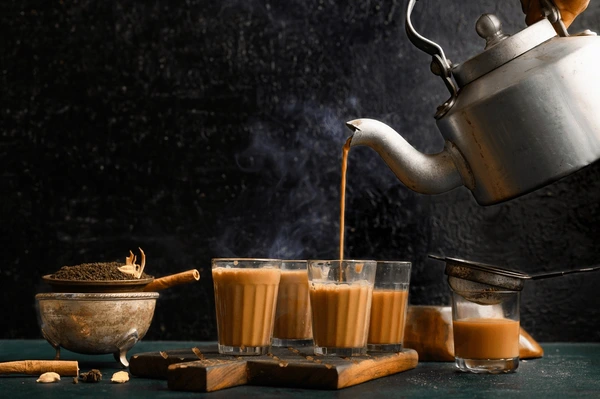Tea, which is one of the most consumed non-alcoholic aromatic beverages which is prepared from the leaf bud and top leaves of a tropical evergreen bush called Camellia Sinensis. It produces what is regarded as a healthy beverage containing approximately only half the caffeine of coffee and at the same time, it aids muscle relaxation & stimulates the central nervous system.
Process of Making Tea
The processing of tea involves several steps, and the method used determines the type of tea produced. Here’s a general flow of the tea production process:
1. Harvesting or Plucking
- Usually, top two leaves and a bud are handpicked from the tea plant.
- Manual picking is done for high quality tea.
- Mechanical picking are also practiced but it results in large quantities of broken tea leaves.
- If mechanical harvesting are at right time leads in high quality leaves.
- Plucking of coarse leaves is strictly avoided because it interferes in the quality of the tea.
2. Withering
Withering is a crucial step that involves dehydration of freshly harvested tea leaves to reduce their moisture content and prepare them for further processing. Two types of withering methods are practiced. These are:
- Natural Withering: Freshly picked tea leaves are spread out in very thin layers on wire meshed racks that are arranged on above the other and drying in a natural air for minimum 20 to 24 hours.
- Artificial Withering: Freshly picked tea leaves are widely laid in tables with wire meshes that are placed in tunnel in which forced circulation of warm air mixed with fresh air. This type of withering reduced withering time as compared to the natural withering.
3. Rolling or Crushing
- Processing tea leaves requires breaking down some of the cell walls so that the air can react so that the oxidation process can be initiated.
- This is done rolling, CTC (Crushing, Tearing, Curling) method to get tea leaves ready for oxidation.
4. Fermentation
- Fermentation takes place in a separate fermentation room, which need to be kept extremely clean to avoid bacterial infection of tea.
- As soon as the tea has acquired a copper red color, it must be halted by drying.
5. Drying or Firing
- The drying process carried on a four plates system drier.
- Hot air upto 90°C is blown against the leaves which leads to deactivation of fermentation.
- At the final stage of drying or firing, temperature of leaves should be at 80°.
6. Grading & Storage of Tea
- Sieving helps to separate the stalky matter and different grades of tea are obtained.
- Tea should be stored in moisture and oxygen proof area to retain the flavor and aroma developed in fermented tea.
- Flavor retention is possible for more than 1 year under such storage condition.

